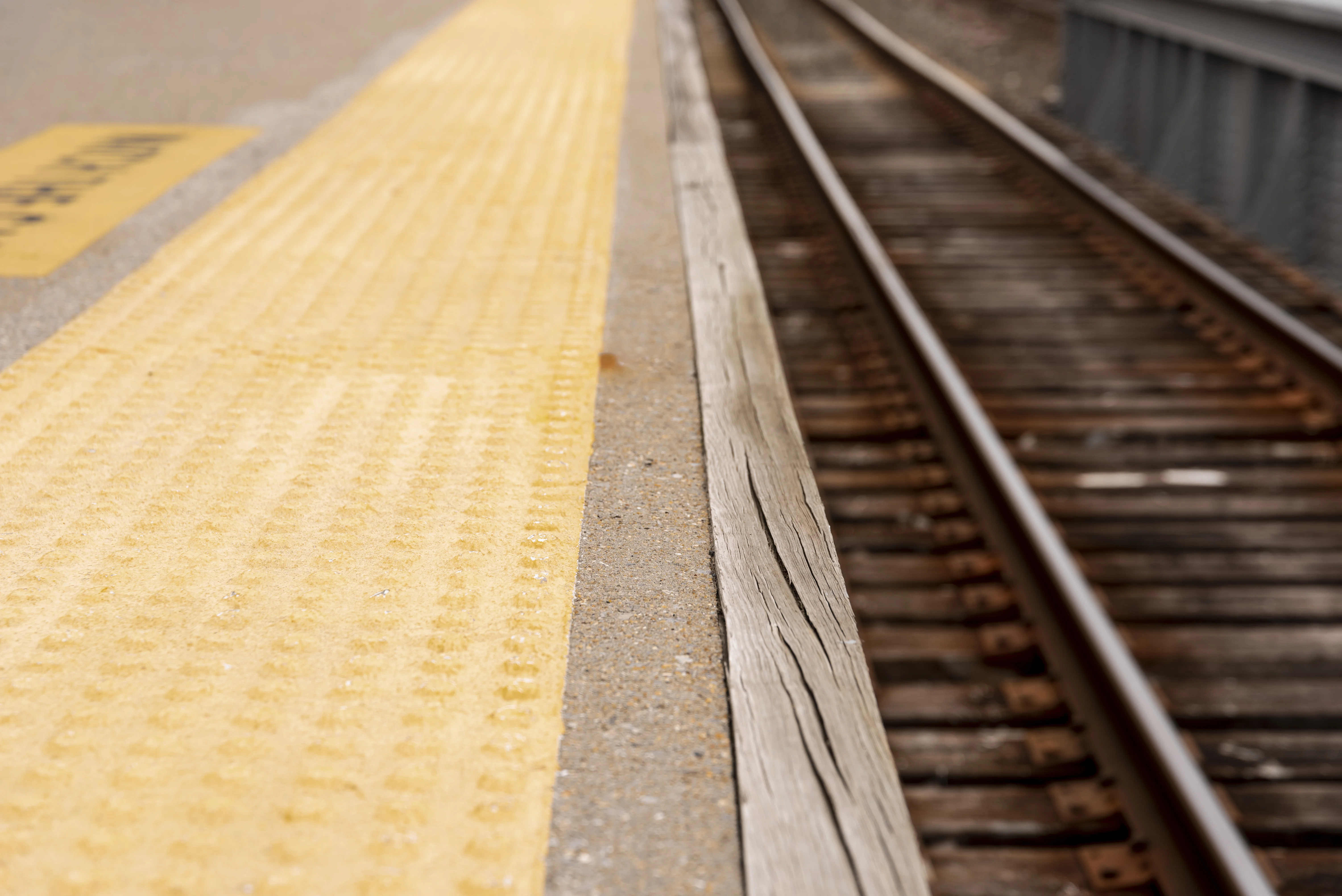Índice
Rails, the steel structures that guide trains, are essential components of railway systems. Their design and type significantly influence a railway's performance, safety, and efficiency. This article explores the diverse world of rails, delving into the various types and their applications.
The evolution of railways has seen a corresponding evolution in rail design. Today, a large number of rail types exist, each tailored to specific operational requirements. These rails can be categorized based on their cross-sectional shape, material, and application.
Vignoles / Flat-Bottomed Rails: The Modern Standard
Vignoles rails, also known as flat-bottomed rails, are the most common type used in modern railway systems. Designed by the engineer Charles Vignoles, these rails have a flat base that rests directly on the sleepers (ties). This design offers several advantages, including ease of installation and maintenance. The flat base provides a stable platform, enhancing the rail's resistance to lateral forces.

While Vignoles rails are ubiquitous, there are numerous other rail types designed for specific purposes.
Grooved rails: These rails have a longitudinal groove in their head, primarily used for tramways and metro systems where tires grip the rail for traction.
Check rails: Positioned on the inner side of curves, check rails prevent train wheels from derailing. They provide an additional support point for the wheel flange.
Guard rails: Similar to check rails, guard rails are located on the outer side of curves to prevent derailment. They guide wheels back onto the main track.
Asymmetric rails: These rails have a non-symmetrical cross-section, often used in high-speed railways to improve stability and reduce noise.
Thick web rails: Designed for heavy-duty applications, such as freight railways, these rails have a thicker web to enhance load-bearing capacity.
Conductor rails: Found in electrified railway systems, these rails carry electric current to power the trains.
Piste rails: Used in ski resorts, these rails are embedded in snow and provide a guide for skiers.
Bullhead rails: Although less common today, bullhead rails have a thick, mushroom-shaped head. They were once widely used due to their strength but have been largely replaced by Vignoles rails.
Crane rails: These rails are specifically designed for crane systems, providing a track for the crane's wheels to move along.
While steel is the predominant material for rails, other materials like aluminum and composite materials are being explored for specific applications. The manufacturing process involves heating steel billets to high temperatures and then shaping them into the desired rail profile.
The performance and longevity of rails are significantly influenced by how they are secured to the sleepers. A variety of fastening systems exist, each with its own advantages and disadvantages. Traditionally, cast iron chairs were used to hold the rails in place, but modern railways primarily employ clip-type fastenings. These systems are more efficient and allow for easier rail replacement.
Regular maintenance is crucial for ensuring the safety and reliability of railway tracks. This includes tasks such as rail grinding to remove irregularities, ultrasonic testing to detect internal defects, and visual inspections for signs of wear or damage. Timely maintenance helps prevent derailments and extends the lifespan of the rails.
The type of rail used can dramatically impact a railway's performance. Vignols rails, for example, offer a superior balance of stability and cost-effectiveness, making them the preferred choice for many railways. However, for high-speed lines, asymmetric rails or thick web rails may be necessary to withstand the increased stresses.
Furthermore, rail design influences factors such as ride comfort, noise levels, and energy efficiency. Innovations in rail technology, such as the development of advanced steel alloys and improved manufacturing processes, are continually pushing the boundaries of railway performance.
While Vignols rails have become the industry standard, the railway sector continues to face challenges in maintaining and upgrading its infrastructure. Factors such as increasing freight volumes, higher train speeds, and extreme weather conditions place immense pressure on rails. Wear and tear, fatigue, and corrosion are common issues that require ongoing attention.
To address these challenges, research and development efforts are focused on developing more resilient and sustainable rail materials. Additionally, there is a growing interest in exploring alternative rail designs, such as those with improved noise reduction and energy efficiency. The use of advanced monitoring technologies, such as sensors embedded in rails, is also gaining traction for predictive maintenance and performance optimization.
As the world transitions towards more sustainable transportation options, railways are expected to play a crucial role. Investments in rail infrastructure and technology are essential to meet the demands of a growing population and to reduce reliance on fossil fuels.
The choice of rail type is a critical decision for railway engineers and operators. Factors such as track gauge, train speed, load, and environmental conditions influence the selection. While Vignoles rails have become the standard, specialized rail types are essential for optimizing railway performance in various scenarios.
As railway technology continues to advance, research and development efforts should focus on developing innovative rail materials and designs to enhance safety, efficiency, and sustainability. Additionally, proper maintenance and inspection of rails are crucial for ensuring the long-term performance and reliability of railway systems.
By understanding the diverse world of rails, we can appreciate the engineering marvels that underpin modern transportation systems.
¡Artículos relacionados!

¡Muchas gracias!
Hemos recibido correctamente tus datos. En breve nos pondremos en contacto contigo.